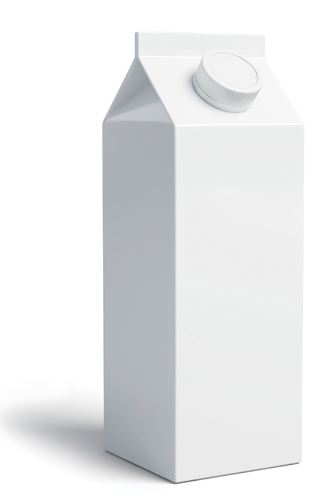Milk composition

The composition of your milk changes to meet your baby’s […]

Colostrum
Your “premilk” is loaded with antibodies. It’s higher in protein, minerals, vitamin A and white blood cells than mature milk, but it has less fat and sugar. A little goes a long way, so even if it feels like you’re only producing a tiny amount, rest assured that each drop is loaded with nutritional components and antibodies and is exactly what your baby needs.
Mature milk
Your “real” milk will come in two to four days postbirth and will be made up of water, fat, carbohydrates, protein, amino acids, white cells, enzymes and an abundance of baby-boosting vitamins and minerals. After a few weeks, your milk will contain fewer white blood cells but will increase in lysozyme, an antibacterial enzyme. Early in a feeding, your baby will receive foremilk, which is high in water and lactose; as the feeding progresses, your milk will transition to hindmilk, which is high in fat and calories.







